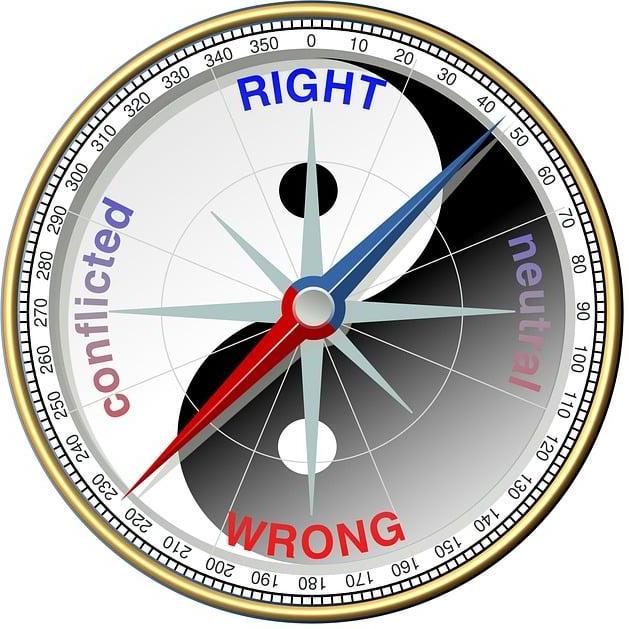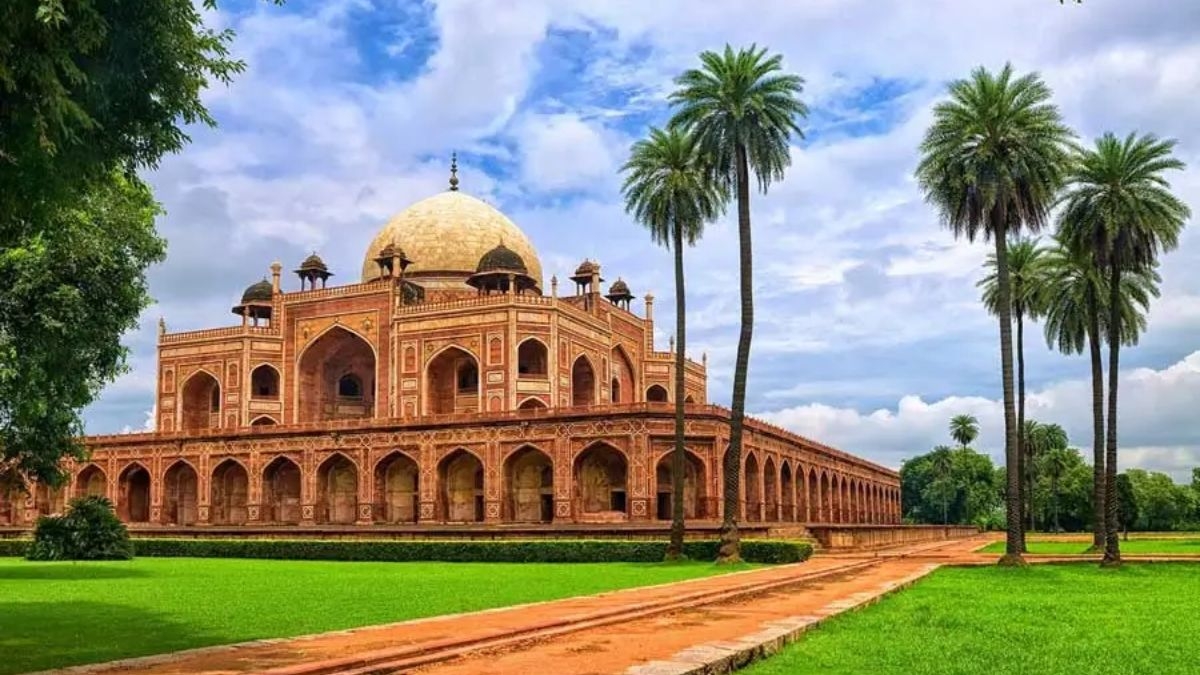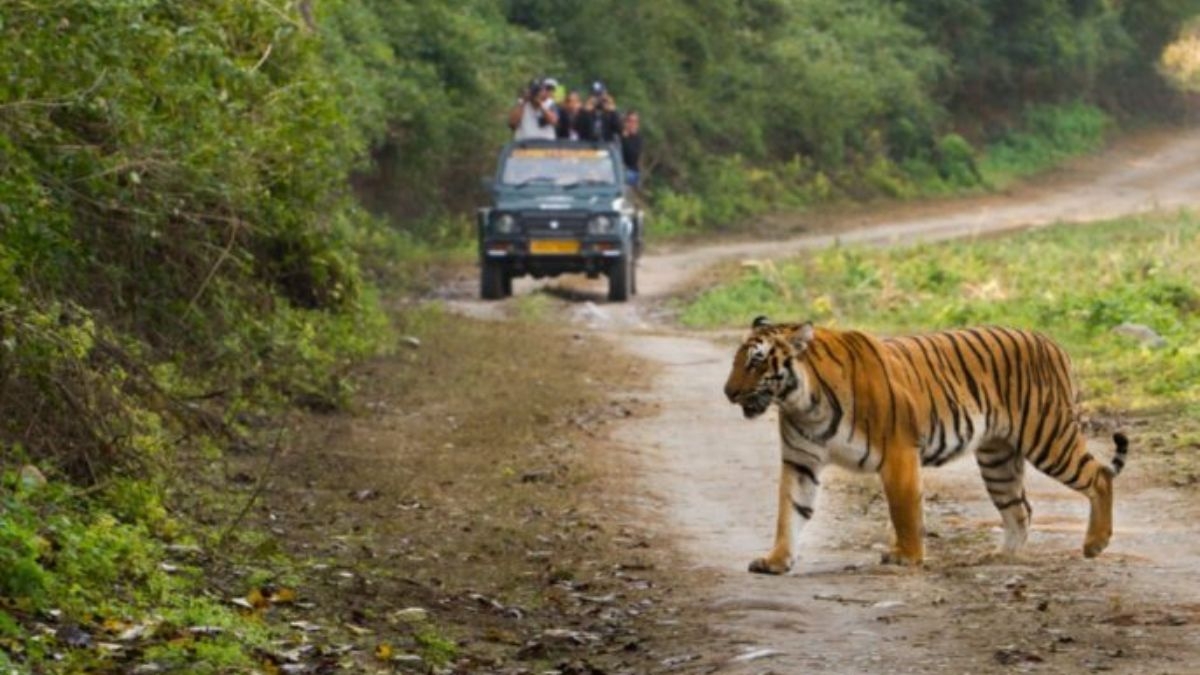Decoding the Moral Crisis in a Multipolar World.
The world today is no longer shaped by a single superpower or a clear moral compass.
It is a multipolar landscape, with rising powers, fragmented alliances, and shifting values.
From Washington to Beijing, Brussels to Moscow, the global order is marked not only by geopolitical competition—but also by a deepening moral crisis.
What is right?
Who defines justice?
Whose values matter?
In this new era, these questions no longer have universal answers.
From Unipolar Certainty to Multipolar Confusion-
After the Cold War, the West, led by the United States, claimed the mantle of moral leadership—championing democracy, human rights, and free markets. But wars, hypocrisy, economic exploitation, and broken promises eroded that credibility.
Now, with China, Russia, India, and other powers asserting themselves, the world lacks a shared ethical foundation. Competing ideologies—authoritarian capitalism, religious nationalism, militarized populism, and broken liberalism—jostle for legitimacy.
The result? A crisis not just of power, but of principle.
What Does This Moral Crisis Look Like?
1. Double Standards in Global Politics-
Human rights are invoked selectively—used to justify war in one country, ignored in another.
Powerful nations condemn others while excusing their own abuses.
2. Weaponized Values-
“Democracy,” “freedom,” or “sovereignty” are often tools of influence, not principles of consistency.
Nations claim moral high ground to gain economic or military advantage.
3. Crisis of Leadership-
Global institutions (UN, WTO, IMF) are losing credibility due to perceived bias and ineffectiveness.
Leaders appeal more to nationalism than universal ideals.
4. Public Cynicism and Fatigue-
People across continents are losing faith in both Western and Eastern “models.”
Moral confusion has led to political apathy, radicalization, or disillusionment.
Where Do We Go From Here?
Reclaiming Ethical Leadership Must Start with Integrity
Power without moral consistency breeds instability.
Nations must lead by example, not by coercion or propaganda.
Build Inclusive Global Ethics
A multipolar world needs multi-civilizational dialogue, not moral monopoly.
African, Asian, Latin American, and Indigenous philosophies must help shape the next global moral order.
Revive Local Morality in Global Context
Community-driven ethics—based on Ubuntu, Confucian harmony, Islamic justice, or Indigenous stewardship—can enrich global norms.
Hold the Powerful Accountable—East or West
The true moral test is whether we demand justice regardless of who holds the sword.
Conclusion: Toward a New Global Conscience-
A multipolar world offers opportunity: diversity of thought, shared leadership, balanced power. But without a shared moral direction, it risks becoming a battleground of interests without ethics.
Decoding this moral crisis is not about choosing sides. It's about building a global order where morality is not a tool of power—but its foundation.
The question is not which bloc will dominate, but whether humanity can still agree on what is right—and have the courage to act on it.
The world today is no longer shaped by a single superpower or a clear moral compass.
It is a multipolar landscape, with rising powers, fragmented alliances, and shifting values.
From Washington to Beijing, Brussels to Moscow, the global order is marked not only by geopolitical competition—but also by a deepening moral crisis.
What is right?
Who defines justice?
Whose values matter?
In this new era, these questions no longer have universal answers.
From Unipolar Certainty to Multipolar Confusion-
After the Cold War, the West, led by the United States, claimed the mantle of moral leadership—championing democracy, human rights, and free markets. But wars, hypocrisy, economic exploitation, and broken promises eroded that credibility.
Now, with China, Russia, India, and other powers asserting themselves, the world lacks a shared ethical foundation. Competing ideologies—authoritarian capitalism, religious nationalism, militarized populism, and broken liberalism—jostle for legitimacy.
The result? A crisis not just of power, but of principle.
What Does This Moral Crisis Look Like?
1. Double Standards in Global Politics-
Human rights are invoked selectively—used to justify war in one country, ignored in another.
Powerful nations condemn others while excusing their own abuses.
2. Weaponized Values-
“Democracy,” “freedom,” or “sovereignty” are often tools of influence, not principles of consistency.
Nations claim moral high ground to gain economic or military advantage.
3. Crisis of Leadership-
Global institutions (UN, WTO, IMF) are losing credibility due to perceived bias and ineffectiveness.
Leaders appeal more to nationalism than universal ideals.
4. Public Cynicism and Fatigue-
People across continents are losing faith in both Western and Eastern “models.”
Moral confusion has led to political apathy, radicalization, or disillusionment.
Where Do We Go From Here?
Reclaiming Ethical Leadership Must Start with Integrity
Power without moral consistency breeds instability.
Nations must lead by example, not by coercion or propaganda.
Build Inclusive Global Ethics
A multipolar world needs multi-civilizational dialogue, not moral monopoly.
African, Asian, Latin American, and Indigenous philosophies must help shape the next global moral order.
Revive Local Morality in Global Context
Community-driven ethics—based on Ubuntu, Confucian harmony, Islamic justice, or Indigenous stewardship—can enrich global norms.
Hold the Powerful Accountable—East or West
The true moral test is whether we demand justice regardless of who holds the sword.
Conclusion: Toward a New Global Conscience-
A multipolar world offers opportunity: diversity of thought, shared leadership, balanced power. But without a shared moral direction, it risks becoming a battleground of interests without ethics.
Decoding this moral crisis is not about choosing sides. It's about building a global order where morality is not a tool of power—but its foundation.
The question is not which bloc will dominate, but whether humanity can still agree on what is right—and have the courage to act on it.
Decoding the Moral Crisis in a Multipolar World.
The world today is no longer shaped by a single superpower or a clear moral compass.
It is a multipolar landscape, with rising powers, fragmented alliances, and shifting values.
From Washington to Beijing, Brussels to Moscow, the global order is marked not only by geopolitical competition—but also by a deepening moral crisis.
What is right?
Who defines justice?
Whose values matter?
In this new era, these questions no longer have universal answers.
From Unipolar Certainty to Multipolar Confusion-
After the Cold War, the West, led by the United States, claimed the mantle of moral leadership—championing democracy, human rights, and free markets. But wars, hypocrisy, economic exploitation, and broken promises eroded that credibility.
Now, with China, Russia, India, and other powers asserting themselves, the world lacks a shared ethical foundation. Competing ideologies—authoritarian capitalism, religious nationalism, militarized populism, and broken liberalism—jostle for legitimacy.
The result? A crisis not just of power, but of principle.
What Does This Moral Crisis Look Like?
1. Double Standards in Global Politics-
Human rights are invoked selectively—used to justify war in one country, ignored in another.
Powerful nations condemn others while excusing their own abuses.
2. Weaponized Values-
“Democracy,” “freedom,” or “sovereignty” are often tools of influence, not principles of consistency.
Nations claim moral high ground to gain economic or military advantage.
3. Crisis of Leadership-
Global institutions (UN, WTO, IMF) are losing credibility due to perceived bias and ineffectiveness.
Leaders appeal more to nationalism than universal ideals.
4. Public Cynicism and Fatigue-
People across continents are losing faith in both Western and Eastern “models.”
Moral confusion has led to political apathy, radicalization, or disillusionment.
Where Do We Go From Here?
Reclaiming Ethical Leadership Must Start with Integrity
Power without moral consistency breeds instability.
Nations must lead by example, not by coercion or propaganda.
Build Inclusive Global Ethics
A multipolar world needs multi-civilizational dialogue, not moral monopoly.
African, Asian, Latin American, and Indigenous philosophies must help shape the next global moral order.
Revive Local Morality in Global Context
Community-driven ethics—based on Ubuntu, Confucian harmony, Islamic justice, or Indigenous stewardship—can enrich global norms.
Hold the Powerful Accountable—East or West
The true moral test is whether we demand justice regardless of who holds the sword.
Conclusion: Toward a New Global Conscience-
A multipolar world offers opportunity: diversity of thought, shared leadership, balanced power. But without a shared moral direction, it risks becoming a battleground of interests without ethics.
Decoding this moral crisis is not about choosing sides. It's about building a global order where morality is not a tool of power—but its foundation.
The question is not which bloc will dominate, but whether humanity can still agree on what is right—and have the courage to act on it.
0 Yorumlar
0 hisse senetleri
1K Views
0 önizleme









